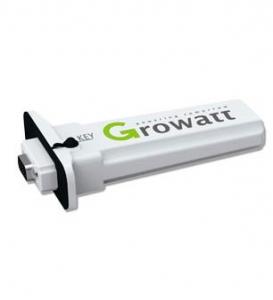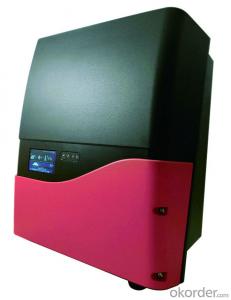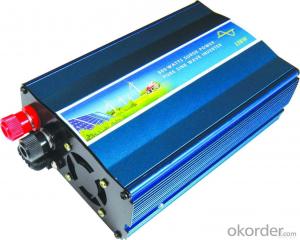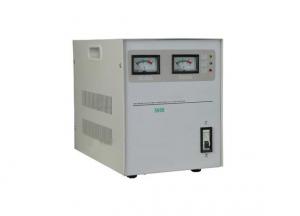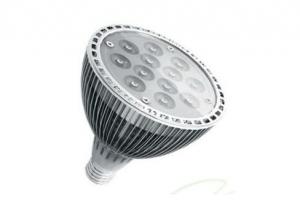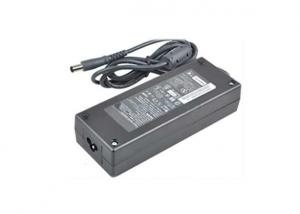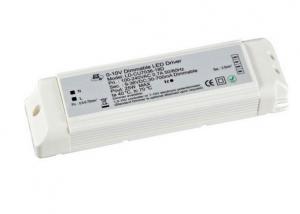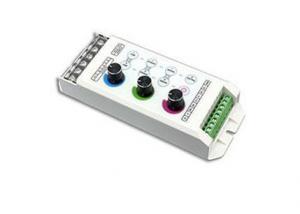Resetting Solar Inverter
Resetting Solar Inverter Related Searches
Reset Solar Inverter Reset Solar Edge Inverter Upgrade Solar Inverter Solar Edge Inverter Reset Solar Inverter Upgrade Replacing A Solar Inverter Install Solar Inverter Solar Inverter Replacement Solar Inverter Configuration Convert Inverter To Solar Solar Panel Inverter Setup Solar Inverter Installation Overclocking Solar Inverter Solar Inverter Broken Solar Power To Inverter Inverter Replacement Solar Broken Solar Inverter Buy Solar Inverter Oversizing Solar Inverter Solar Panel To Inverter Faulty Solar Inverter Solar To Inverter Clipping Solar Inverter Inverter On Solar Panel Solar Inverter Installed Inverter With Solar Input About Solar Inverter Inverter With Solar Panels Choosing A Solar Inverter Make Solar Inverter At HomeResetting Solar Inverter Supplier & Manufacturer from China
Resetting Solar Inverter is a specialized product designed to optimize the performance and efficiency of solar power systems. It plays a crucial role in managing the conversion of solar energy into usable electricity, ensuring that the system operates at its maximum potential. This device is essential for maintaining the stability and reliability of solar power installations, making it a key component in the renewable energy industry.The resetting solar inverter is widely used in various applications, including residential, commercial, and industrial solar power setups. It is particularly beneficial in scenarios where maintaining a consistent power supply is critical, such as in remote areas or during peak energy demand periods. By effectively managing the flow of electricity from solar panels to the grid or storage systems, the resetting solar inverter helps to minimize energy loss and maximize the overall efficiency of the solar power system.
Okorder.com is a leading wholesale supplier of resetting solar inverters, boasting a large inventory to cater to the diverse needs of customers worldwide. With a commitment to quality and customer satisfaction, Okorder.com offers a comprehensive range of resetting solar inverters that are designed to meet the specific requirements of different solar power systems. By providing a reliable and efficient solution for solar energy management, Okorder.com plays a significant role in supporting the growth and development of renewable energy technologies.
Hot Products










